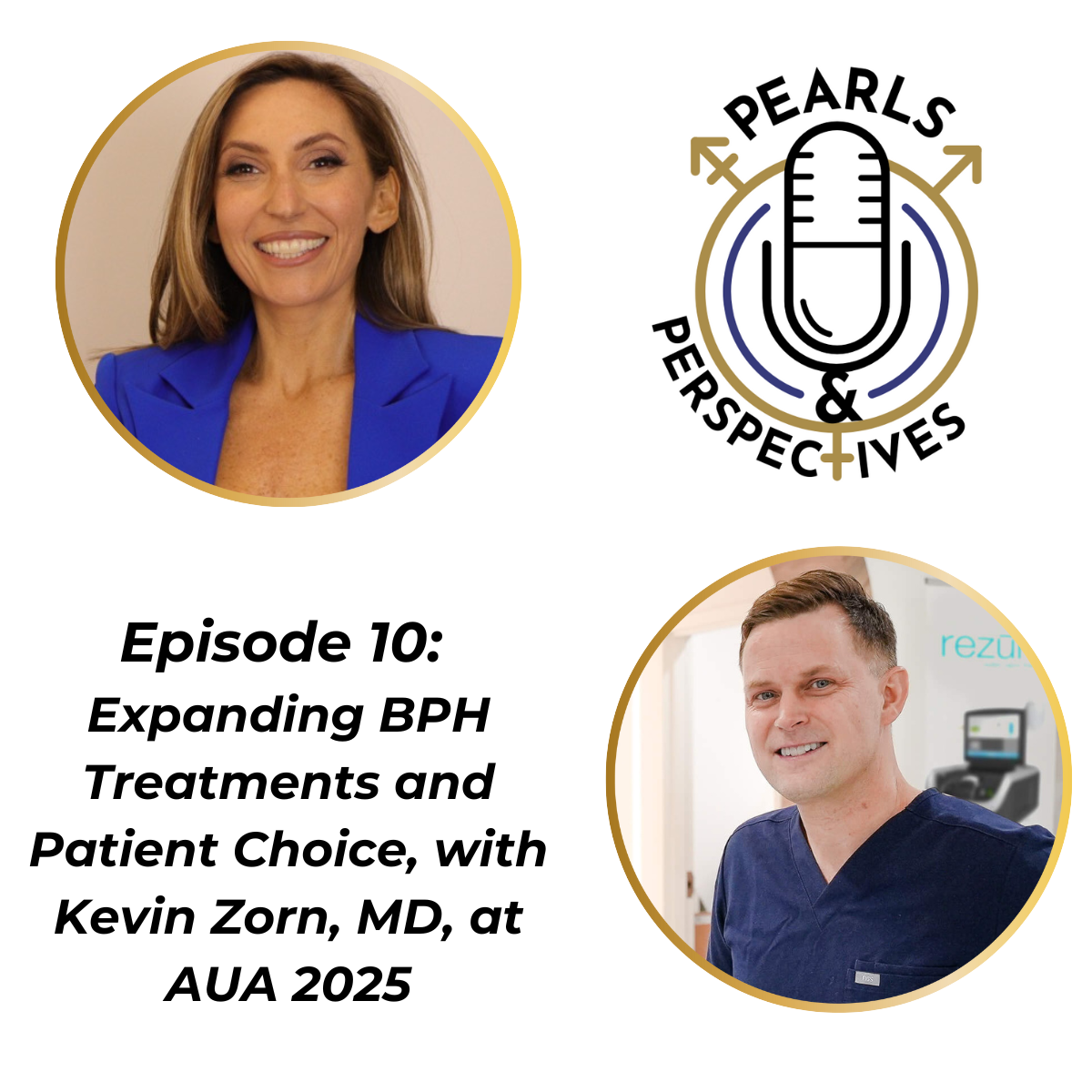News
Article
MIRAGE trial: Margin reduction with MRI-guided SBRT reduces toxicity vs CT-guided SBRT
Author(s):
“The toxicity benefits of aggressive margin reduction persist beyond the acute phase post-SBRT," the authors wrote.
Aggressive margin reduction with MRI-guided stereotactic body radiotherapy (SBRT) (margin, 2 mm) significantly reduced incidences of late grade 2 or higher toxicity as well as quality of life (QOL) decrements compared with CT-guided SBRT (margin, 4 mm) in patients with prostate cancer, according to 2-year data from the phase 3 MIRAGE trial (NCT04384770).1
Amar U. Kishan, MD

The data were presented by Amar U. Kishan, MD, at the 2024 American Society for Radiation Oncology Annual Meeting in Washington, DC.
Kishan explained, “The hypothesis was that aggressive margin reduction, going from [a] 4 mm isotropic margin to 2 mm, because we're leveraging the IGRT on MR-Linac, would reduce acute grade 2 or greater GU toxicity from 29%, which was from the PACE-B trial acute toxicity publication, to 14%.”
Overall, 2-year data from the trial showed that the incidence of late grade 2 or higher genitourinary (GU) toxicity was 51% in the CT arm vs 27% in the MRI arm (logrank P = .0036). The incidence of late grade 2 or higher gastrointestinal (GI) toxicity was 9% in the CT arm compared with 1.4% in the MRI arm (logrank P = .0249).
The investigators also assessed the proportion of patients who experienced decrements exceeding 2x the minimal clinically important difference (2xMCID) in QOL domains. The 2xMCID thresholds were 14 points for urinary irritative, 12 points for bowel, and 10 points for SHIM.
Patients in the MRI arm experienced significantly lower incidences of 2xMCID in the urinary incontinence domain and bowel symptom domain. Specifically, the rate of 2xMCID for the urinary incontinence domain was 19.2% in the MRI arm vs 35.3% in the CT arm (P = .03). Further, the rates of 2xMCID in the bowel domain was 4% the MRI arm vs 26% in the CT arm (P = .04).
There were numerical differences noted in the rates of 2xMCID for urinary irritative scores and sexual function scores, although they did not reach statistical significance. Additionally, no significant difference was noted in International Prostate Symptom Score (IPSS) and SHIM scores between the 2 arms.
On logistic aggression, patients in the MRI arm had significantly reduced odds of experiencing a clinically relevant bowel domain toxicity (OR, 0.44; 95% CI, 0.21-0.94; P = .03) or toxicity based on SHIM score (OR, 0.37; 95% CI, 0.15-0.91; P = .03). The point estimate for toxicity related to urinary incontinence (OR, 0.72; 95% CI, 0.31-1.68; P = .44), urinary irritative (OR, 0.54; 95% CI, 0.25-1.17; P = .12), sexual function (OR, 0.68; 95% CI, 0.27-1.69; P = .40), and IPSS (OR, 0.71; 95% CI, 0.23-2.15; P = .53) were all in favor of the MRI arm, though they did not achieve statistical significance.
In total, the trial enrolled 156 patients between May 2020 and October 2021. Of those, 77 underwent CT-guided SBRT and 79 underwent MRI-guided SBRT. The median age in both arms was 71 years.
Additional data from MIRAGE
Data from the MIRAGE trial were previously reported, showing that MRI-guided SBRT led to reduced acute grade 2 or higher GU and GU toxicity as well as improvement in QOL measures.2
Specifically, the rate of acute grade 2 or higher GU toxicity was 43.4% in the CT arm vs 24.4% in the MRI arm. Similarly, the rate of acute grade 2 or higher GI toxicity was 10.5% vs 0% in the CT vs MRI arms, respectively.
Additionally, there was a lower proportion of large IPSS increases (15 points or higher) in the MRI arm, with a rate of 19.8% in the CT arm vs 6.4% in the MRI arm. A lower proportion of patients in the MRI arm also experienced significant decrements (12 points or higher) in EPIC-26 bowel domains, with a rate of 50% in the CT arm vs 25% in the MRI arm.
In the context of these data, the authors concluded, “The toxicity benefits of aggressive margin reduction persist beyond the acute phase post-SBRT.”
The MIRAGE trial remains ongoing, with expected completion in April 2027.3
Reference
1. Kishan AU, Lamb JM, Wilhame H, et al. Magnetic resonance imaging-guided vs. computed tomography-guided stereotactic body radiotherapy for prostate cancer: 2-year outcomes from the MIRAGE randomized clinical trial. Presented at: American Society for Radiation Oncology Annual Meeting. September 29-October 2, 2024. Washington, DC. Abstract 317. https://www.redjournal.org/article/S0360-3016(24)00986-6/fulltext
2. Kishan AU, Ma TM, Lamb JM, et al. Magnetic resonance imaging-guided vs computed tomography-guided stereotactic body radiotherapy for prostate cancer: The MIRAGE randomized clinical trial. JAMA Oncol. 2023;9(3):365-373. doi:10.1001/jamaoncol.2022.6558
3. CT-guided stereotactic body radiation therapy and MRI-guided stereotactic body radiation therapy for prostate cancer, MIRAGE study. ClinicalTrials.gov. Last updated December 11, 2023. Accessed October 2, 2024. https://clinicaltrials.gov/study/NCT04384770
Newsletter
Stay current with the latest urology news and practice-changing insights — sign up now for the essential updates every urologist needs.

















